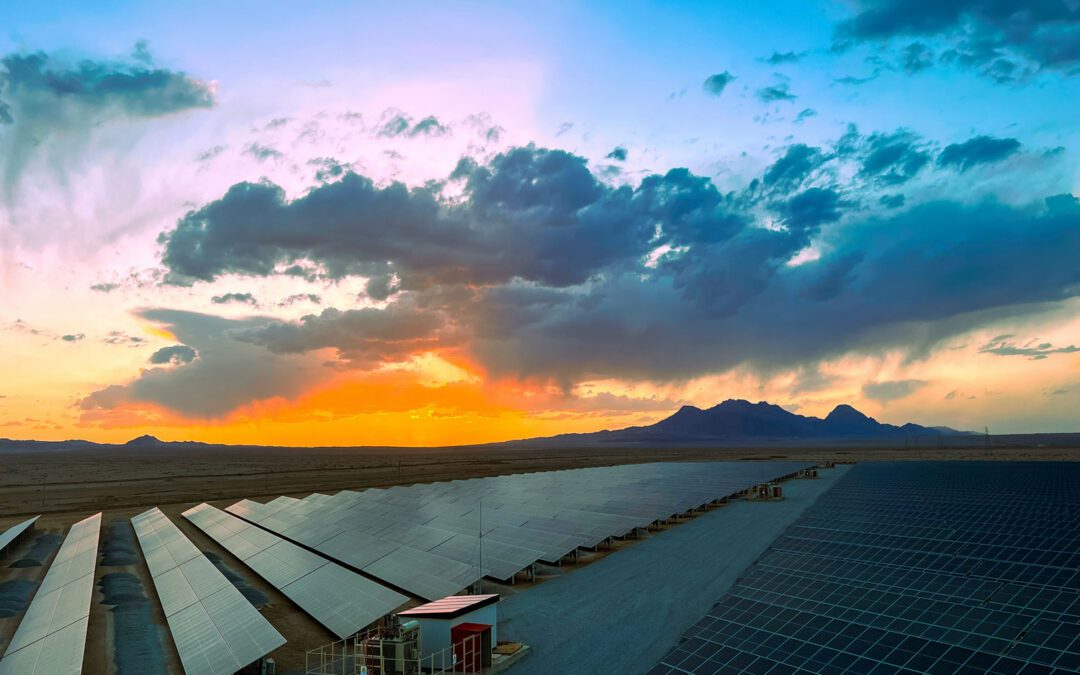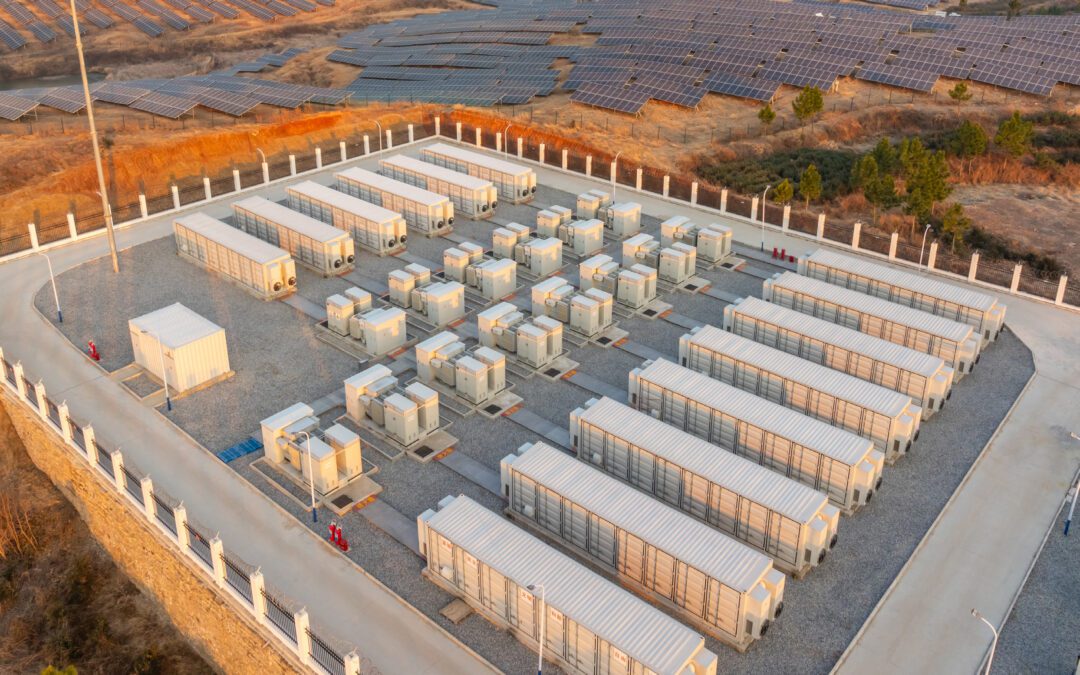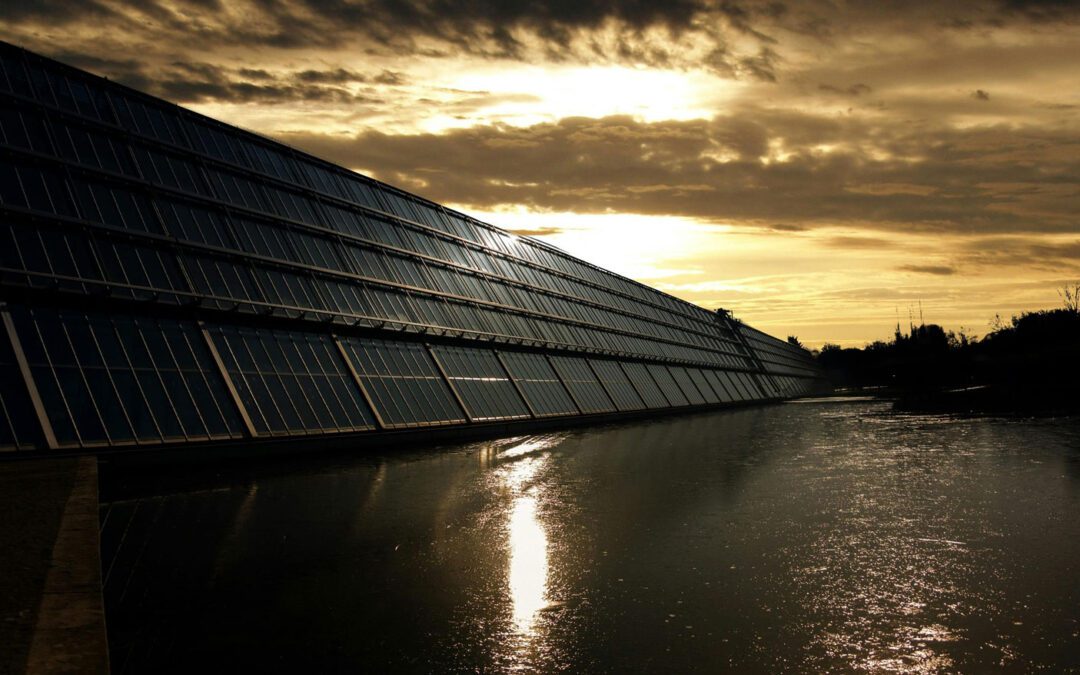Solar Developers Safe Harboring in 2019 could lose 4% ITC in 2020 if there’s a loss – An Insurance Strategy to Help
BY: Michael Cosgrave, CIC, CRM | Renewable Guard Certified Risk Manager
All around the country right now, Solar Developers are storing large amounts of solar equipment in an effort to preserve a 30% Investment Tax Credit (ITC) on their projects. This is a Safe Harbor strategy and it’s commonly agreed upon as a sound option to preserve the 30% ITC (which drops to 26% in 2020) for future solar development use. However, developers may be unaware of an unplanned scenario where they would have their 30% credit reassessed to 26% (or less) in future years.
So, what’s the issue? Here’s the scenario:
You are a Solar Developer and have made the decision to Safe Harbor. You look at your pipeline of projects for future years and decide to store 5-7% of the total fair market value of the system to preserve the Incremental ITC Value (30% vs. 26%) for the entire system. The equipment is purchased and stored in a warehouse in Texas at the end of 2019. You’ve done it! The 30% ITC has been preserved…so what could go wrong?
Suddenly, a series of tornadoes rip through your warehouse and the surrounding area. The storage facility is devastated, along with all your equipment. Not a problem, you have insurance for this, and you’ve scheduled the location and the replacement cost of the equipment with your insurance broker.
The claim is settled, and the insurance carrier cuts you a check for the scheduled amount. You take your check and begin sourcing replacement equipment, but now it’s 2020 and the ITC has stepped down to 26%….
 |
Issue: The IRS will no longer allow for a 30% ITC on equipment that is sourced in 2020. Instead, they apply the 2020 ITC of 26%. All your financial forecasting assumed a 30% ITC, you are at a loss.
Solution: If you have not planned for this prior to the loss, then there is no solution. However, here at Renewable
Guard, we have worked with a top national renewable energy law firm to develop an insurance strategy to account for the lost tax credits. We have applied the strategy with dozens of developers throughout the country who can now rest assured their insurance company will cut them a check for not only the equipment value, but the preserved 30% ITC as well. Note: The solution only works with certain renewable energy carriers who can offer a unique endorsement to account for the shortfall in solar.
The solution also requires a calculation that Renewable Guard developed through consultation with our carrier partners and legal counsel. It’s an analysis of the intrinsic value (materials replacement cost) vs. the instrumental value (safe-harbor for the project). With information on the following, a calculation can be run which would allow the shortfall amount to be identified and insured for:
1) Tax Equity Proceeds at 30% ITC
2) Tax Equity Proceeds at 26% ITC
3) Safe Harbor Cost (“Intrinsic Value”)
4) Incremental Value to Asset of Safe Harboring (“Instrumental Value”)
If you are planning to develop solar in 2019 and beyond and are looking to leverage the IRS Safe Harbor rule, you should be implementing an insurance program that addresses the loss of tax credits if stored equipment is destroyed. If you are not sure how to reach that valuation or wish to speak to a renewable energy insurance specialist, we here at Renewable Guard would be happy to help.
This article was written by Michael Cosgrave, Principal and Chief Risk Officer for Renewable Guard Insurance Brokers LLC. Renewable Guard is a specialty renewable energy insurance and risk management firm insuring hundreds of MWs in the U.S. and abroad.











